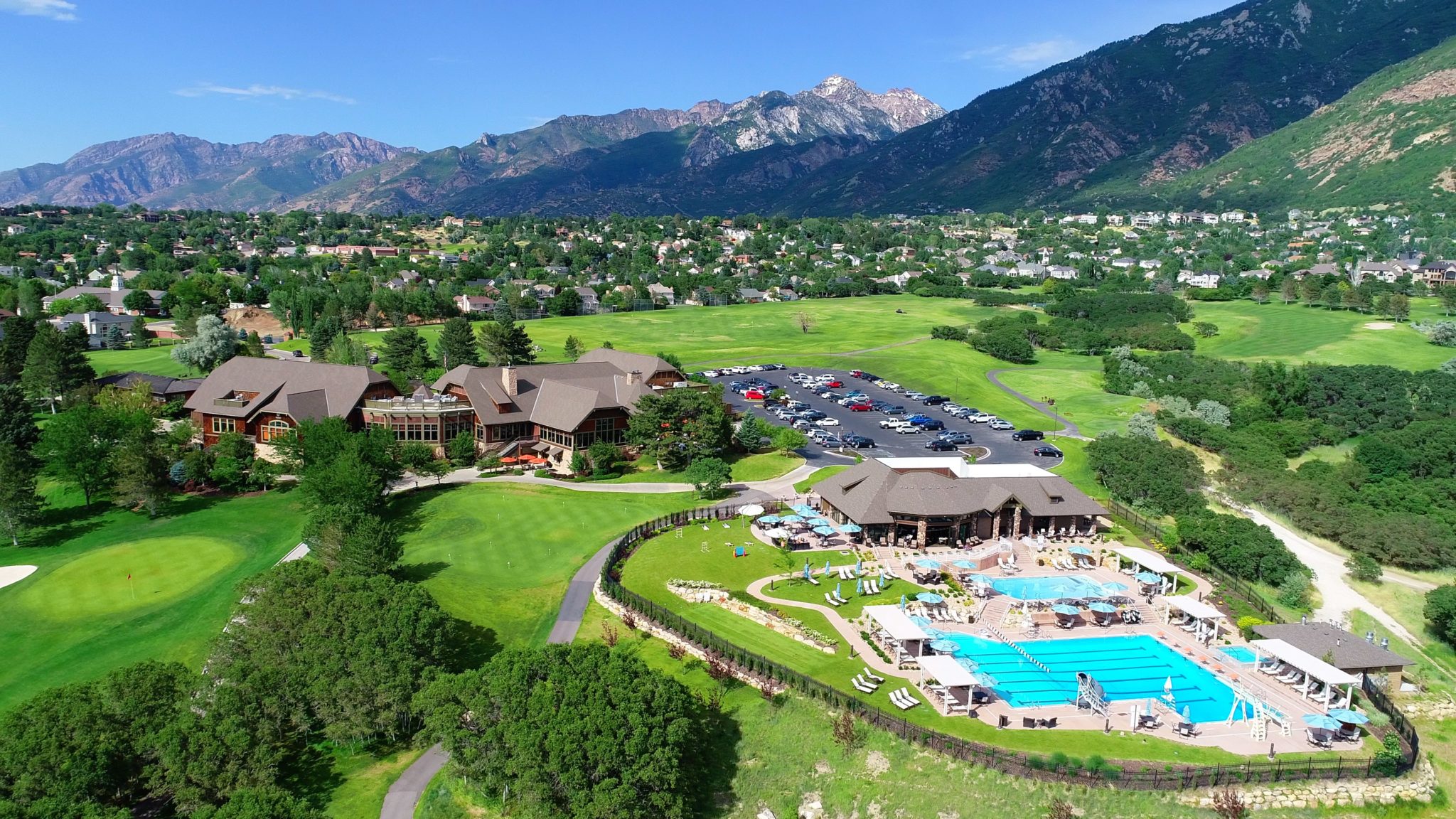



Established safety contends with isolated property crimes requiring consistent monitoring.

Hidden Valley represents a middle-income suburban neighborhood in southeast Reno characterized by mature housing stock and established community infrastructure with unique vulnerabilities from airport proximity and flood risk exposure. The area houses 3,509 residents within a geographic setting that creates specific security considerations related to transportation access, environmental hazards, and emergency services response capabilities.
This southeast Reno neighborhood houses 3,509 residents with demographics reflecting middle-class suburban development patterns.¹ The community features established housing primarily built between 1970-1999, with 67% owner-occupied residences and a 4.2% vacancy rate.² Population density reaches 2,304.7 people per square mile, creating moderate residential concentration within the broader Truckee Meadows area.²
Hidden Valley demonstrates middle-income characteristics with rental prices averaging $1,704—lower than 82.4% of Nevada neighborhoods.² The area attracts working professionals, with 34.6% employed in executive, management, and professional occupations.² Residents predominantly identify as German (14.3%), English (13.9%), and Irish (10.7%) ancestry, with 9.3% reporting Mexican heritage.²
The neighborhood features primarily medium-sized single-family homes and apartment complexes, with properties ranging from condominiums priced $193,000-$457,000 to larger estates valued $410,000-$1.15 million.³ Housing stock reflects established suburban development with properties averaging 30-50 years old, creating maintenance considerations for security system integration and structural updates.³
Hidden Valley operates within Washoe County Sheriff's Office jurisdiction, experiencing regional crime patterns that affect residential security planning and community safety protocols.
Washoe County reports 438.6 violent crimes per 100,000 residents—34% above national averages—with property crime rates of 28.97 per 1,000 residents annually.⁴ The broader Reno metropolitan area demonstrates motor vehicle theft rates among the nation's highest according to FBI crime data analysis.⁵ Law enforcement coverage provides 1.5 officers per 1,000 residents—42.1% below Nevada averages and 52.6% below national standards.⁵
Emergency services include Hidden Valley Station #37 fire protection at 3255 W. Hidden Valley Drive and Washoe County Sheriff's Office patrol coverage.⁶ The July 21, 2024 flash flood demonstrated emergency response capabilities, with county crews removing 15,800 cubic yards of debris through Regional Emergency Operations Center coordination.⁷ REMSA provides contracted emergency medical services with response times varying by location within the neighborhood.⁸
The neighborhood faces significant transportation and environmental vulnerabilities that impact daily security considerations and emergency access capabilities.
Veterans Parkway serves as the primary arterial connection, with documented safety issues including multiple traffic fatalities and excessive speeding that residents describe as "raceway conditions."⁹ Limited public transit options create vehicle dependency, while proximity to Reno-Tahoe International Airport subjects the area to regular aircraft noise and flight path considerations.¹⁰ Wild horse populations along Veterans Parkway have caused over two dozen vehicle collisions, creating ongoing traffic safety concerns.¹¹
The 2024 flash flood affected approximately 100 homes, demonstrating significant water damage vulnerability requiring emergency evacuation and extensive debris removal operations.⁷ Hidden Valley Regional Park's 480-acre footprint creates large open spaces adjacent to residential areas, while Steamboat Creek's proximity contributes to flood risk during extreme weather events.¹²
Hidden Valley attracts middle-income professionals seeking suburban amenities with reasonable commuting access to downtown Reno and regional employment centers.
Residents experience 15-30 minute commutes for 59.3% of working population, with primary access via Veterans Parkway connecting to downtown Reno (10 miles northwest) and regional commercial areas.² Limited walkability scores of 8 require vehicle dependency for most daily activities, while proximity to Mira Loma Shopping Center provides essential retail services.³
The neighborhood centers around Hidden Valley Country Club, established in 1956 by World War II veterans, and Hidden Valley Regional Park featuring equestrian facilities, dog parks, and multi-use trail systems.¹² The area's location "behind the airport zone and tucked into that hillside" creates geographic isolation that enhances privacy but may affect emergency response access.³
Hidden Valley's established infrastructure provides recreational benefits while creating specific security considerations related to large public spaces and natural disaster preparedness.
Hidden Valley Regional Park offers 65 developed acres within a 480-acre complex, including the Clarence K. Bath Memorial Horse Arena, Link Piazzo Dog Park, tennis courts, and playground areas that require consideration in residential security planning.¹² The park's extensive trail system and open spaces create recreational opportunities but also potential security monitoring challenges for adjacent properties.
Airport noise impacts have qualified portions of the neighborhood for FAA Part 150 sound insulation programs, with the airport authority investing over $68 million in residential noise mitigation through 2014.¹³ The airport maintains 14 permanent noise monitoring stations and operates online complaint systems for ongoing noise issues.¹⁴ Recent flood damage required extensive infrastructure repair and debris removal, highlighting the importance of flood insurance and emergency preparedness planning for residents.⁷